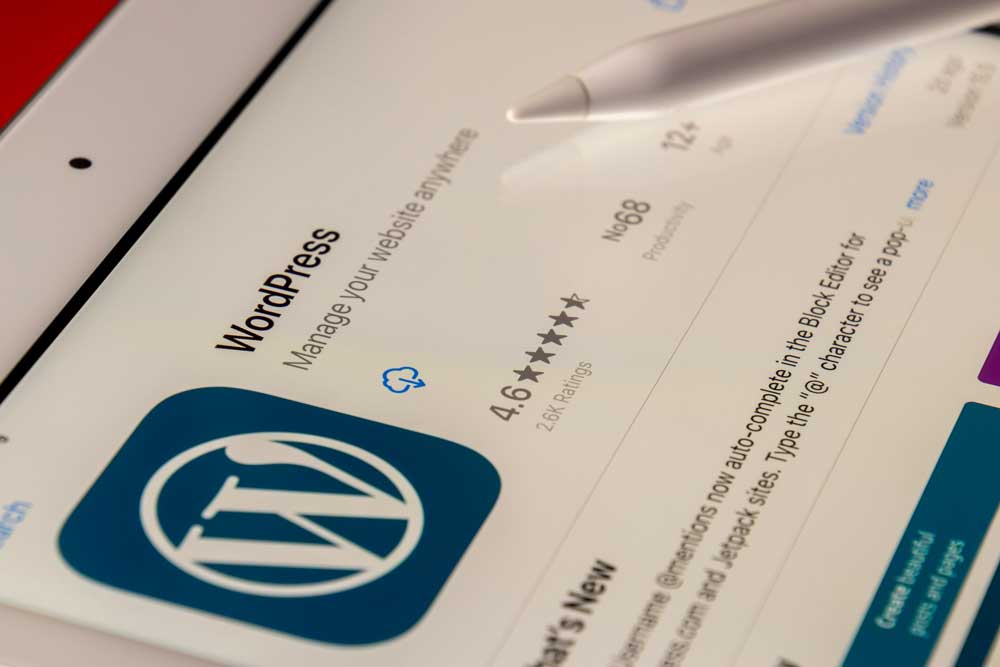In the ever-evolving landscape of web design and development, one platform has emerged as a global powerhouse – WordPress. Originally conceived as a blogging tool, WordPress has transformed into a versatile content management system (CMS) that powers a significant portion of the web. Let’s delve into the elements that make WordPress a driving force in the digital realm.
Statistical Dominance
WordPress’s journey from a niche blogging tool to a dominant force is evident in the statistics. As of my last knowledge update in September 2021, WordPress accounted for over 40% of all websites on the internet. This impressive figure is a testament to its user-friendly nature and adaptability.
The vast plugin ecosystem is a key contributor to its popularity. With over 58,000 plugins available, users can seamlessly integrate additional features and functionalities into their websites without the need for extensive coding knowledge. This flexibility attracts users ranging from small businesses to Fortune 500 companies.
Global Reach and Localisation
WordPress has transcended geographical boundaries to become a truly global platform. Its open-source nature and community-driven development have facilitated localization into numerous languages. This has enabled individuals and businesses from diverse linguistic backgrounds to harness the power of WordPress.
The global reach is not limited to end-users alone. WordPress has fostered a community of developers, designers, and enthusiasts worldwide. Local WordPress meetups and WordCamps, community-driven events, take place in cities around the globe. This global network fosters knowledge sharing, collaboration, and the continuous improvement of the platform.
Design and Development Community
The heart of WordPress lies in its vibrant and supportive community. Designers and developers, both novices and experts, find a welcoming space within this ecosystem. The WordPress community encourages collaboration through forums, online discussions, and collaborative projects.
The platform’s commitment to inclusivity is exemplified by its dedication to accessibility standards. The WordPress Accessibility Team works tirelessly to ensure that the platform is usable by people with various disabilities. This commitment not only aligns with ethical considerations but also broadens the user base.
The WordPress community has a culture of giving back. Developers contribute to the core code, create plugins, and design themes that are shared freely. This ethos of generosity is a driving force behind the platform’s continuous evolution and improvement.
Responsive Design and Themes
In an era where mobile responsiveness is non-negotiable, WordPress shines with its vast array of responsive themes. These themes, crafted by both individual developers and professional design agencies, cater to a wide spectrum of industries and preferences.
The emphasis on responsive design aligns with the shift in internet usage patterns. With a significant portion of users accessing websites through mobile devices, the ability of a website to adapt to various screen sizes is paramount. WordPress’s commitment to responsive design ensures that websites built on the platform are accessible and user-friendly across devices.
Conclusion
WordPress’s journey from a humble blogging tool to a global CMS powerhouse is a testament to its adaptability, user-friendly design, and the strength of its community. The statistics speak for themselves, showcasing its dominance in the web development landscape.
As we navigate the ever-changing landscape of the digital world, WordPress stands tall as a pillar of stability and innovation. Whether you’re a solo blogger, a small business owner, or a multinational corporation, WordPress provides the tools and community support needed to bring your digital vision to life. Its global reach, commitment to accessibility, and the collaborative spirit of its community make WordPress not just a platform but a driving force shaping the future of the web.
If you found this article interesting or if you have something similar on your list of projects to complete feel free to reach out to us and we can have a chat about how we can help!
Photo by Souvik Banerjee on Unsplash

